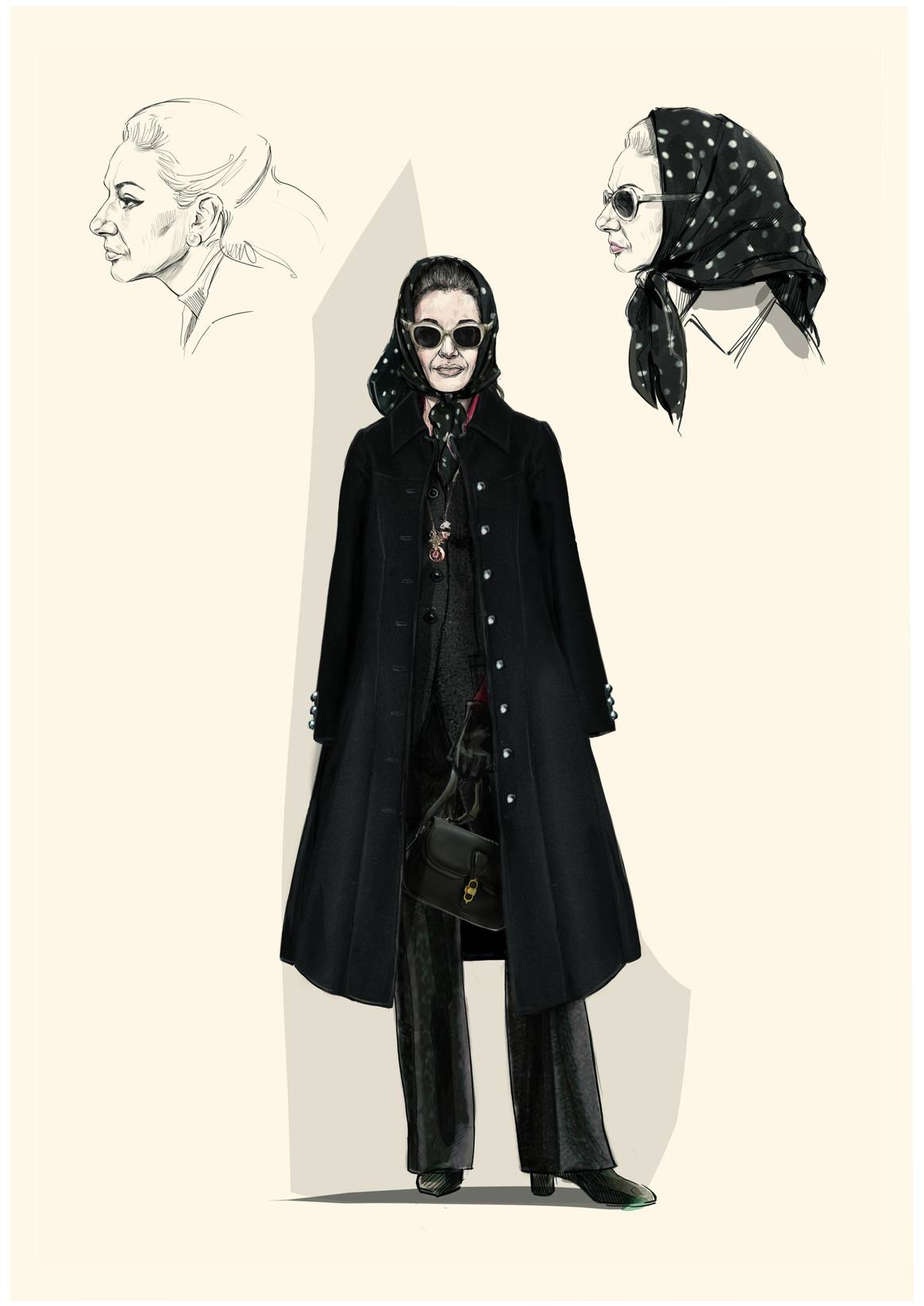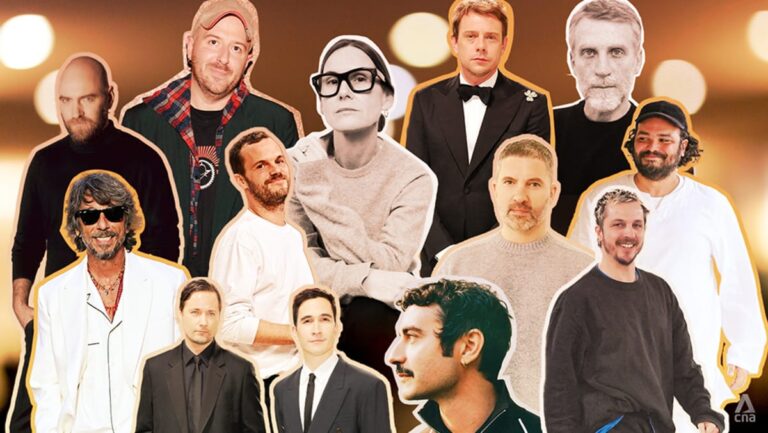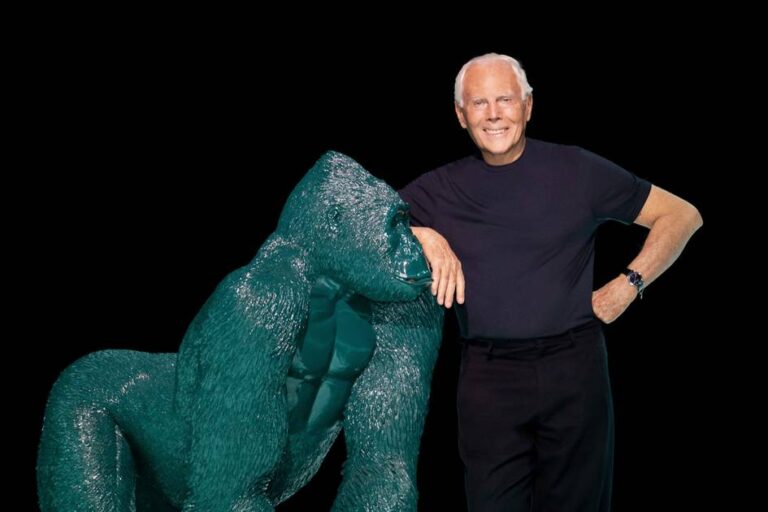Massimo Cantini Parrini Discusses Today’s Costume Designer Role at Polimoda

Polimoda is set to introduce a new master’s program in Costume Design starting February 2026. This course emphasizes costume design as a narrative art form, utilizing a research-oriented approach to ensure that students gain a thorough understanding of the fundamental aspects of costume design. Students will build competencies in historical research, character analysis, technical design, and visual storytelling. They will learn how to convert narrative elements into striking visual representations that genuinely reflect characters and time periods.
Costume design is a highly regarded profession in theatre, film, and television landscapes, presenting an exciting career opportunity for aspiring creatives, both in Italy and internationally.
In an interview with FashionUnited, Massimo Cantini Parrini, course mentor, shared insights on the program, which will be conducted in English and based in Florence, with a tuition fee of €28,000.
Cantini Parrini, a Florence native, honed his skills at Polimoda and later at the Centro Sperimentale di Cinematografia, guided by Oscar-winning costume designer Piero Tosi. Tosi recognized his potential and took him on as an assistant at Sartoria Tirelli. Cantini Parrini made his film debut working with Gabriella Pescucci. He now possesses a personal collection that boasts over 4,500 original period costumes and around 10,000 vintage accessories, spanning from 1630 to the early 2000s. His latest project involved the acclaimed biopic on Maria Callas, titled “Maria” (2024), featuring Angelina Jolie, which has been praised for its vibrant depiction of fashion and the singer’s various life stages.
Understanding Costume Design Today
Costume design has evolved significantly from its origins. It’s no longer relegated to cinema or theatre; it has become a universal language for various media including film, television, digital platforms, music videos, advertising, and fashion. In today’s visually driven world, costume design—along with set design and makeup—serves as an essential tool for character portrayal and emotional communication. Crafting a costume goes beyond dressing an actor; it involves capturing a character’s psychology and bringing historical contexts to life, conveying layers of their inner experiences through even the smallest details.
Today’s costume designers must also navigate the global landscape. Many productions are co-productions across nations, requiring respect for diverse cultural narratives, and a growing intersection with contemporary fashion and art. Therefore, I stress that costume design is a narrative visual language, which should never merely serve a decorative purpose.
Essential Skills for Aspiring Costume Designers
Pursuing a career in costume design demands a wide-ranging skill set. Knowledge of costume history and art is crucial, alongside script analysis, technical tailoring skills, and an understanding of different fabrics and aging techniques. Drawing fundamentally plays a vital role as it’s the primary means to visualize and communicate ideas. Effective communication is imperative; a costume designer must collaborate with directors, set designers, cinematographers, and actors, converting collective vision into a successful outcome.
If I had to pinpoint one essential trait, it would be empathy. This quality allows a designer to deeply understand a character’s feelings, vulnerabilities, and world. Only then can a costume represent more than just a garment—it should feel like a second skin. A costume designer needs to embody the insight of a psychologist and the sensitivity of a storyteller, complemented by discipline, curiosity, and a commitment to daily cultural exploration. Creativity flourishes from a rich internal library of experiences and ideas.

Career Prospects for Costume Designers
Career opportunities in costume design have expanded and diversified significantly. In Italy, options extend beyond film and theatre to include television, streaming series, advertising, fashion—where it often intersects with costume—and even emerging fields like video games and immersive experiences. With its rich cultural and artisanal heritage, Italy remains a stronghold for the arts. Although challenges exist due to market instability, Italy continues to lure foreign productions thanks to its craftsmanship and artistic legacy.
In contrast, countries like the US and the UK have developed a more robust production infrastructure. These regions feature established unions and recognized professional roles, providing a broader array of opportunities. For a young individual aiming for a career in this field, gaining international experience can be invaluable. It opens doors to large-scale productions and emphasizes the importance of a costume designer’s contributions.
Salary Expectations in Costume Design
Discussing salaries in costume design can be complex. Compensation varies greatly based on production type, budget, and location. In Italy, figures fluctuate between indie projects and major productions. Conversely, salaries in the UK and US tend to be higher. A senior costume designer involved in a significant Hollywood project might earn sums that are beyond typical Italian figures. Nonetheless, this field often sees significant fluctuations in employment; intense periods of well-paying work can be followed by periods of lower-paying or sparse projects. Financial stability is not guaranteed in this profession, and those who choose this path often do so out of passion and dedication, which keeps their creative spirit alive during uncertain times.
Insights into the Polimoda Master’s Program
It’s a privilege for me to serve as a mentor in this program at Polimoda. This master’s degree stands out as a blend of traditional rigor and contemporary insight. It combines in-depth studies of costume history, tailoring, material analysis, drawing, and character development with real-world applications. Our instructors are industry professionals sharing their experiences, and students work on actual projects. I firmly believe in the value of experiential learning. Therefore, this master’s program isn’t solely theoretical; it includes workshops, potential collaborations, and internship opportunities. This practical exposure helps students understand the realities of the industry, from working under pressure to meeting deadlines and collaborating with a team.
Our goal is to impart an approach rather than just skills. It’s about teaching how to interpret scripts, collaborate with actors, and weave a narrative. This makes the difference between skilled tailors and true costume artists.
What aspects of costume design intrigue you the most? Whether it’s the research, the creativity, or the challenge of storytelling, there’s something in this field for everyone!




